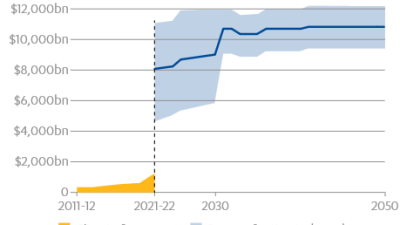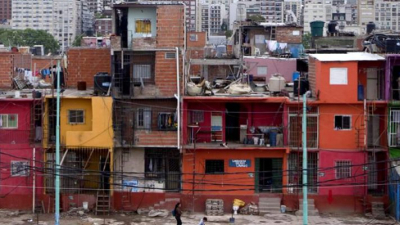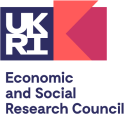The PSE 1999 survey was an update of the two Breadline Britain surveys in 1983 and 1990. It was undertaken by the Office for National Statistics (ONS) on behalf of a consortium of experts in this field from the Universities of Bristol, Heriot Watt, Loughborough and York (led by Jonathan Bradshaw). It was supported by the Joseph Rowntree Foundation, the UK’s largest independent social research and development charity.
The survey made a number of methodological improvements to the Breadline Britain surveys. First, it set out to measure social exclusion and introduced a wide number of measures to explore this. The survey identifies four dimensions of exclusion:
- impoverishment, or exclusion from adequate income or resources
- labour market exclusion
- service exclusion
- exclusion from social relations.
Second, it explored movement in and out of poverty. The division of the population into the ‘poor’ and the ‘not poor’ takes no account of the fact that some groups move in and out of poverty. People’s circumstances change over time and this will affect people’s status as ‘poor’ or ‘not poor’. For example, the loss of a wage earner in a household (by death or redundancy) may mean that a household that had never been poor in the past becomes poor.
Third, the survey set out to introduce a methodology for poverty and social exclusion that is internationally comparable. This questionnaire included subjective measures to estimate how many people consider themselves to be in ‘absolute’ and ‘overall poverty’ – according to definitions given by the UN. These definitions are included in a declaration and programme of action agreed by governments following the 1995 World Summit for Social Development in Copenhagen. This represented a first attempt to apply a definition that can compare poverty consistently across countries.
The 1999 Poverty and Social Exclusion Survey of Britain used three sets of data:
- The 1998/99 General Household Survey (GHS) provided data on the socio-economic circumstances of the respondents, including their incomes.
- The June 1999 ONS Omnibus Survey included questions designed to establish from a sample of the general population what items and activities they considered to be necessities.
- A follow-up survey in September/October 1999 interviewed a sub-sample of respondents to the 1998/99 GHS (weighted towards those with lower incomes). It sought to establish how many respondents lacked items identified as necessities and also to collect other information on poverty and social exclusion.
The improved data sets enabled further investigation of the size and circumstances of different groups of household, and of age and gender differences in experiences of and responses to poverty.
The Poverty and Social Exclusion in Britain 1999 home page at Bristol University provides details of this research. The full report Poverty and Social Exclusion in Britain by Gordon et al. was published by the Joseph Rowntree Foundation in 2000. The survey’s findings were written up in Poverty and Social Exclusion in Britain (2006), edited by Christina Pantazis, David Gordon and Ruth Levitas. Policy Press have given permission for downloads of Chapter 2, ‘The concept and measurement of poverty’ by David Gordon and Chapter 5, ‘The concept and measurement of social exclusion’ by Ruth Levitas (Poverty and Social Exclusion in Britain, 2006, Pantazis et al.).
Comparisons between the results of this survey with the Breadline Britain 1983 and 1990 surveys and the current PSE: UK 2012 survey can be found under UK trends. PSE Britain 1999 Findings provides a short summary of key results. In the coming months we plan to put more data from this research study onto the website.
Survey details
The 1999 PSE 'Necessities of life' survey was asked to a representative sample of 1,855 individuals as part of the Office for National Statistics Omnibus survey conducted in June 1999.
The 1999 PSE 'Living Standards' survey was based on a random follow-up sample drawn from respondents to the 1998/9 General Household Survey using a sample design to achieve a greater probability of selection to people in lower income groups and Scotland. In total 1,534 individuals were interviewed. The main part of the fieldwork was conducted during September/October 1999. The survey was carried out by the Social Survey Division of the Office for National Statistics.



 PSE:UK is a major collaboration between the University of Bristol, Heriot-Watt University, The Open University, Queen's University Belfast, University of Glasgow and the University of York working with the National Centre for Social Research and the Northern Ireland Statistics and Research Agency. ESRC Grant RES-060-25-0052.
PSE:UK is a major collaboration between the University of Bristol, Heriot-Watt University, The Open University, Queen's University Belfast, University of Glasgow and the University of York working with the National Centre for Social Research and the Northern Ireland Statistics and Research Agency. ESRC Grant RES-060-25-0052.






